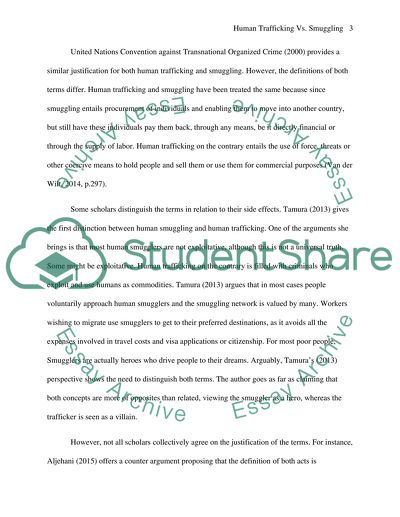Cite this document
(“Human Trafficking vs. Smuggling Essay Example | Topics and Well Written Essays - 1500 words”, n.d.)
Retrieved from https://studentshare.org/sociology/1698186-is-the-distinction-between-human-trafficking-and-the-smuggling-of-migrants-justifiable
Retrieved from https://studentshare.org/sociology/1698186-is-the-distinction-between-human-trafficking-and-the-smuggling-of-migrants-justifiable
(Human Trafficking Vs. Smuggling Essay Example | Topics and Well Written Essays - 1500 Words)
https://studentshare.org/sociology/1698186-is-the-distinction-between-human-trafficking-and-the-smuggling-of-migrants-justifiable.
https://studentshare.org/sociology/1698186-is-the-distinction-between-human-trafficking-and-the-smuggling-of-migrants-justifiable.
“Human Trafficking Vs. Smuggling Essay Example | Topics and Well Written Essays - 1500 Words”, n.d. https://studentshare.org/sociology/1698186-is-the-distinction-between-human-trafficking-and-the-smuggling-of-migrants-justifiable.


